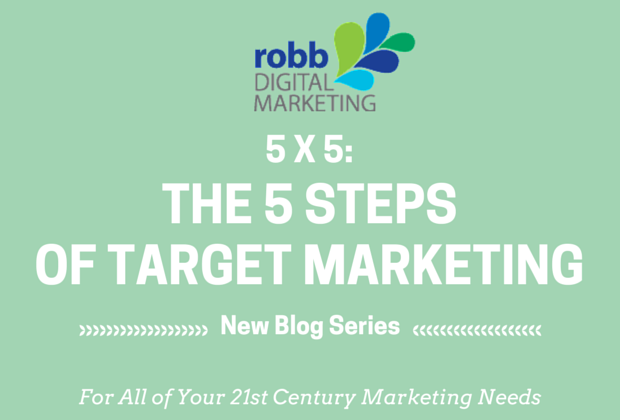If you want to understand your target market, you have to start by gathering data about your customers. It sounds easy, especially when you “know” who your customers are and where they come from. Actually doing it is a bit more difficult, because you have to back up what you “know” with data.
People like to talk about data. People like to “have used” data with their marketing because they know marketing backed up with data gets better results. But, if we’re pressed to admit it, few of us actually like using data. It’s easier to rely on what we “know.” Unfortunately, what we know might only be a small portion of our customer picture. It might even be a blurry Van Gogh instead of an in-focus snapshot. Luckily, there are several ways to bring what we “know” into focus with what is true. Let’s get started!
1. Using metrics
One of the greatest advantages of being online is the automated data gathering capabilities of most online tools. You have your website, your Facebook, your LinkedIn, your Twitter, and your blog and all of these sites are collecting data all the time. Of course, you have to know how to access that data and you have to know what it means. Many businesses use data aggregating services to help with this process. Regardless of the mechanism, you can learn a lot about your customers from your online metrics.
2. Monitoring traffic
One of the online metrics that are easily available to you is your website traffic. This highlights the difference between online and offline data: simply put, there’s no easy, automatic way to track the people coming into a physical store. It’s important to monitor your physical traffic, even if it’s harder to do. Start by counting heads. You want to sample different days and different times, so you get a clear picture of the variations in the traffic you experience. It also helps—whether you’re online or offline—to compare how much traffic you have to how many sales you have in a given day. Comparing purchase data—total value of all purchases, the total number of purchases, highest and lowest purchase value—with visitor traffic may reveal patterns in your traffic that can provide you with valuable insights. You may even spot specific customers who repeatedly purchase at the volume or values you desire.
3. Probing research
Online metrics may be more extensive than many customers realize. With the right technology, you can track customer activity across your site, which will reveal a lot of “hidden” data about your customers. You can learn to identify the determining attributes of your customers based on how different types of customers use your website, what they look at, what they purchase, and how long it takes to make a purchasing decision. With some extra effort, you can track customers in a physical location by tracking things like the gender and approximate age of your customers, as well as whether they do their shopping alone, with kids, with partners, or with friends. If your business serves other businesses, then you’ll want to track who in the company makes the purchase decision, how frequently different businesses choose to make a purchase, the size of their purchases, the size of the business, the approximate profitability of the business, and the type of business or industry the business operates in. All of this can be tracked online when you use the right tools.
4. Asking questions
When you have the opportunity to interact with customers at the cash register or via e-mail, you have an opportunity to ask questions. “How did you learn about us?” is a question you should ask frequently. “Did you find what you were looking for?” works well, too. “Is there anything we can improve to make your next experience with us better?” is a great question to ask. You can also use subtle, probing questions by inserting them into otherwise innocuous conversations. You can ask about their habits, their hobbies, their interests, their professions, and much more. Be sure to keep track of the answers!
5. Inviting answers
Sometimes you cannot get the information you need indirectly, so you need to ask specific, thought-out questions and invite your customers to provide you with the answers. Questionnaires, surveys, and polls are all great ways to invite answers, but they all come with varying costs. Online versions are usually less expensive and the answer may even be calculated for you, but paper versions may reach more people if your business is primarily a physical location. Either way, you can gain a lot of useful information from the data you collect.
There are many ways to collect data, but these methods are the easiest to use and the most versatile. Keep in mind that you’re not trying to go big with your data. You want to know who your customers are, where they come from (or how they found you), why they like you, what they purchase, and what makes them profitable/unprofitable customers for you. That last one is what this process is all about. If you can solve that mystery, then you’re well on your way to improved profits. But the answer might not jump out and scream, “Boo!” You might have to go digging, which is why our next post will uncover the mysteries of analyzing customer data.
Read our previous blog in this series: 5X5: The 5 Steps of Target Marketing
Read our next blog in this series: 5X5: 5 Tips for Analyzing Customer Data

